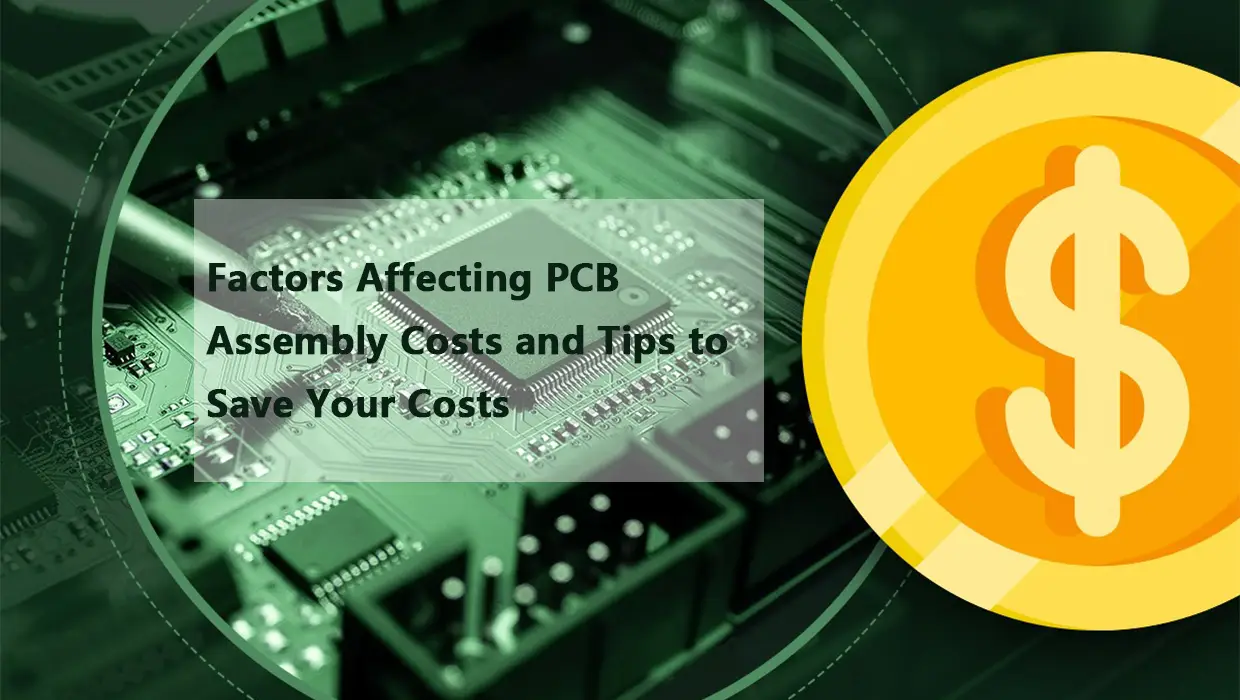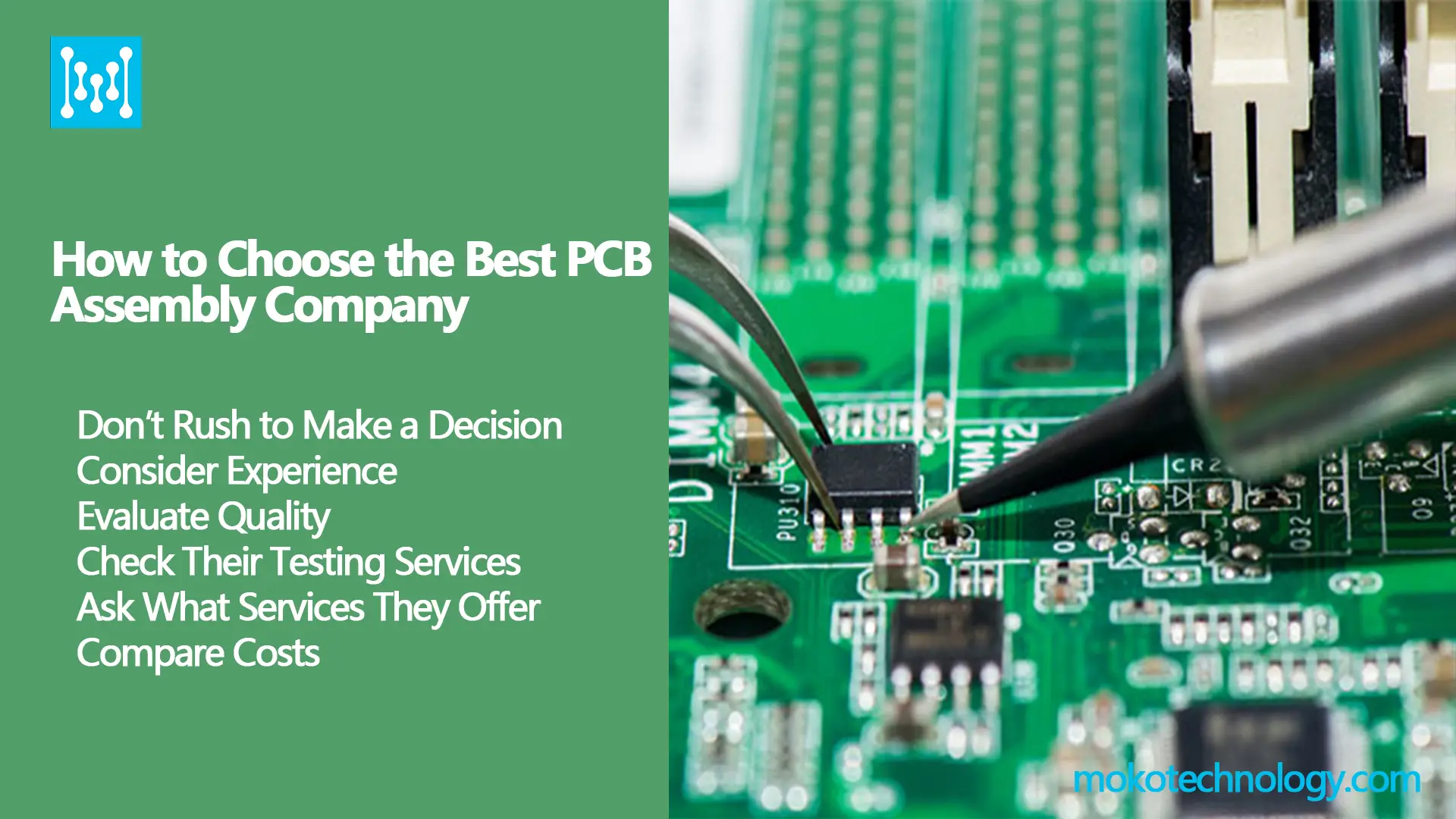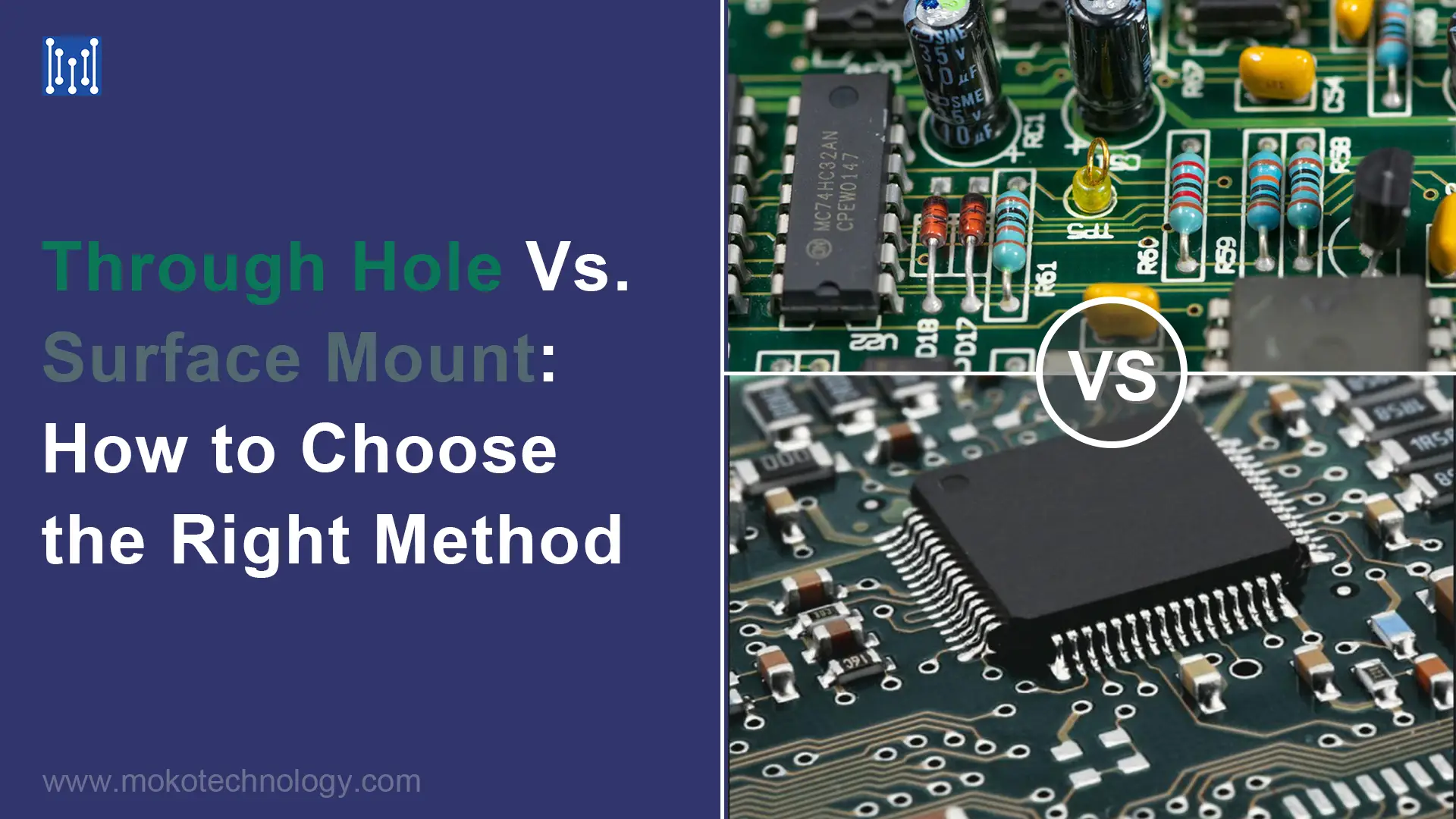- You can, in fact, solder a 0.4mm pitch TQFP with a tip that spans several pins, such as the ETA you mention, but it takes a lot more skill and flux.If you’re doing mostly through-hole components, the ETA is perfectly fine.
- I’m also doing SMT and very fine SMT work, so I also purchased the 0.030″ and 0.015″ conical tips. I use these under a microscope to do the 0.4mm (about 0.016″) pitch TQFP chips.
- It is worthwhile getting the biggest chisel tip you can, as well, for the occasional need to deal with soldered heat sinks or parts soldered to ground planes or PCB heat sinks. These can pump all 40+ watts of your iron into the joint, allowing you to remove it without heating the component up too much.
Remark: Keep in mind that typical wet sponge tip cleaners can lower the tip’s temperature significantly, especially with the small tips.
Read More: Prototype PCB Assembly
#PCB Assembly



